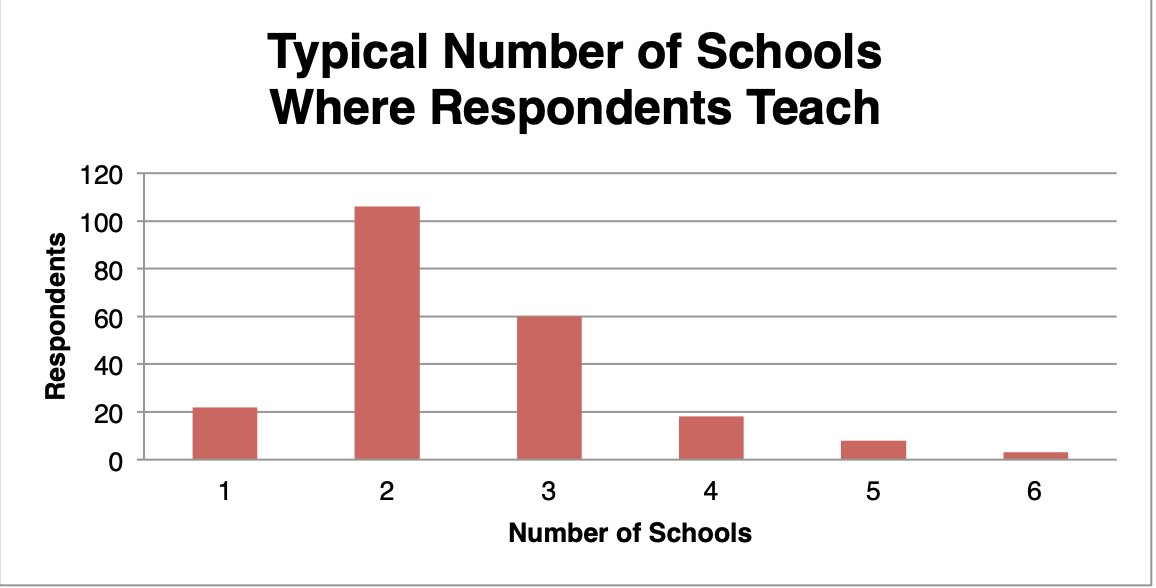1/ https://abs.twimg.com/emoji/v2/... draggable="false" alt="👇" title="Down pointing backhand index" aria-label="Emoji: Down pointing backhand index">A thread on supply and demand in higher education
https://abs.twimg.com/emoji/v2/... draggable="false" alt="👇" title="Down pointing backhand index" aria-label="Emoji: Down pointing backhand index">A thread on supply and demand in higher education
One function of a university (not the only function) is to match supply (teaching) and demand (students). Universities are brokers. Accreditation gives universities a near monopoly on this brokerage.
One function of a university (not the only function) is to match supply (teaching) and demand (students). Universities are brokers. Accreditation gives universities a near monopoly on this brokerage.
2/ Students should be benefiting from this system. But in 2019 the US student debt swelled past $1.5tn USD. For context, total US credit card debt at the end of 2019 was about $1tn, and some of that credit card debt is student-related debt. https://www.ft.com/content/18530da6-a637-11e8-926a-7342fe5e173f">https://www.ft.com/content/1...
3/ About 45 million Americans live with student debt. The mean student loan is $32,731, but many take out other forms of debt as well, typically credit cards, but also home equity loans.
https://edlabor.house.gov/imo/media/doc/1.24.14-AdjunctEforumReport.pdf">https://edlabor.house.gov/imo/media...
https://edlabor.house.gov/imo/media/doc/1.24.14-AdjunctEforumReport.pdf">https://edlabor.house.gov/imo/media...
4/ It appears worse in the UK, where the average debt among student borrowers finishing their degrees in 2018 was equivalent to $47,114 USD. https://researchbriefings.parliament.uk/ResearchBriefing/Summary/SN01079">https://researchbriefings.parliament.uk/ResearchB...
5/ On this supply-and-demand reading, the demand side (students) is in a disadvantageous market position. On average, their market options lead to material and even life-long debt. So where does that leave supply? Are they raking it in?
6/ Well, the brokered match between supply and demand - one of the services offered by universities - certainly hasn’t been a big win for teaching supply. University teaching includes a lot of things, but the teachers are the necessary thing, and they’re generally doing poorly.
7/ Most university lecturers are adjuncts. They’re on a temporary contract. That means different things in different countries - generally things like low wages and limited or no benefits.
8/ The majority of adjunct lecturers work at 2 or more universities (“schools”) to pay the bills.
https://edlabor.house.gov/imo/media/doc/1.24.14-AdjunctEforumReport.pdf">https://edlabor.house.gov/imo/media...
https://edlabor.house.gov/imo/media/doc/1.24.14-AdjunctEforumReport.pdf">https://edlabor.house.gov/imo/media...
9/ Academics in general, and adjuncts in particular, have been complaining about their plight for a long time. This theme has been a regular fixture of Higher Ed news for more than a decade. Bezos was right, “complaining is not a strategy.” https://www.theguardian.com/commentisfree/2015/jun/22/adjunct-professor-earn-less-than-pet-sitter">https://www.theguardian.com/commentis...
10/ The overall portion of university teaching positions that will be permanently filled by temporary contracts is likely to keep going up. In the US there are 1.3m postsecondary teachers. The AAUP reports that most of them are now adjuncts.
#tab-6">https://www.bls.gov/ooh/education-training-and-library/postsecondary-teachers.htm #tab-6">https://www.bls.gov/ooh/educa...
#tab-6">https://www.bls.gov/ooh/education-training-and-library/postsecondary-teachers.htm #tab-6">https://www.bls.gov/ooh/educa...
11/ Maybe it is an example of the way & #39;ideal types& #39; or legacy assumptions influence our perception – because only a minority of university lecturers are now tenured. Apparently less than 30% of lecturers in US higher education were tenure track in 2015.
https://www.aaup.org/sites/default/files/Academic_Labor_Force_Trends_1975-2015.pdf">https://www.aaup.org/sites/def...
https://www.aaup.org/sites/default/files/Academic_Labor_Force_Trends_1975-2015.pdf">https://www.aaup.org/sites/def...
12/ In the UK there are 211,980 academics. Depending on who you ask, about 53% of them are on short-term contracts. The percentage is higher at major universities like Oxford and Edinburgh (63%). https://www.theguardian.com/uk-news/2016/nov/16/universities-accused-of-importing-sports-direct-model-for-lecturers-pay">https://www.theguardian.com/uk-news/2...
13/ So on the supply side, the average lecturer is on a temporary contract, earns low, unpredictable wages, and works at 2 or more universities to make ends meet. And on the demand side, the average student finds no alternative but to go into significant debt.
14/ Most of the money is disappearing between the teaching supply and the student demand. (And this is where many EdTech companies sit.) So why do educators use a licensed broker to match university teachers and students?
15/ Being an academic is unlike other professions in the following respect: it is a double licensed system. Once an academic gets a PhD, they need to work with a separate, licensed broker (the university) to be allowed to practise their profession.
16/ Getting the license (PhD) isn’t enough. Neither teaching competence nor student demand is enough to support a career. Academics can’t open their own office like a lawyer, or start their own practice, like a surgeon. They must ask permission from a licensed broker.
17/ The broker has a role in maintaining quality standards and providing peripheral services. But the standard answer to the permission-seeking, licensed teacher is this: “Yes! You may work for 6 months and you’ll earn X. Also, you should maintain 20-50X in student revenue.”
18/ Being a broker is nice. Academic administrators have stable salaries, long-term contracts, and benefits. Many academics give up and join the administration.
19/ Every university has its own on-premise, brick-and-mortar administration. In theory, it might be that adding 1x administrator would make every lecturer >1x as effective. But that is not the case. https://www.bain.com/insights/financially-sustainable-university">https://www.bain.com/insights/...
20/ The proportional growth in administration is consistently higher than the growth in other domains. Sometime around 2015 was the tipping point: universities finally employed more administrators than academics. In the UK this has been well-documented:
https://www.hesa.ac.uk/news/24-01-2019/sb253-higher-education-staff-statistics">https://www.hesa.ac.uk/news/24-0...
https://www.hesa.ac.uk/news/24-01-2019/sb253-higher-education-staff-statistics">https://www.hesa.ac.uk/news/24-0...
21/ The US administrative trend is similar to the UK, but the most recent stats I’ve found are from 2012, and subsequent reports refers to those. https://hechingerreport.org/ranks-of-nonacademic-staffs-at-colleges-continues-to-outpace-enrollment-faculty/">https://hechingerreport.org/ranks-of-...

 Read on Twitter
Read on Twitter


